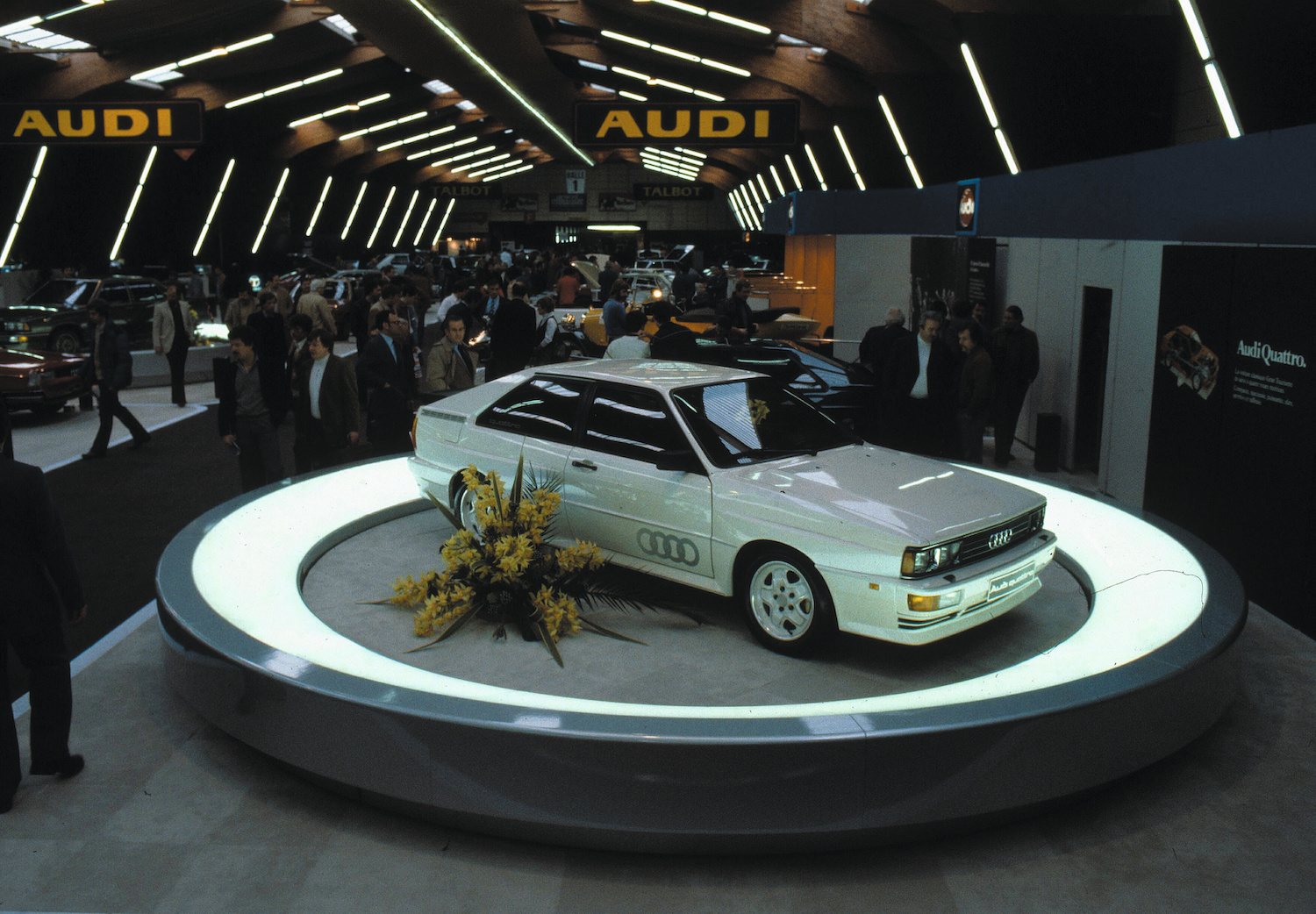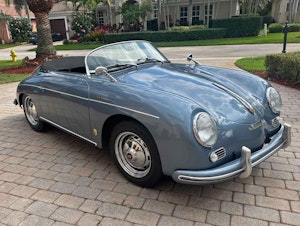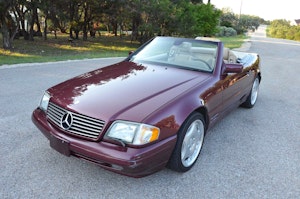Media | Articles
The 1981–91 Audi Ur-Quattro is an inverse Porsche 911 Turbo
Once Ferdinand Piëch figured out how to beat BMW and Mercedes-Benz by creating an all-weather sports car powered by a turbocharged inline-five engine, Team Audi was all set to go rally racing and produce 200 amazing homologation specials with a shorter wheelbase and extra suspension travel—plus what was supposed to be a similarly limited run of 400 Ur-Quattros for the road. Yet after debuting at the Geneva Motor Show on March 4, 1980, Audi managed to sell 11,500 Quattros, both in 10- and 20-valve (2.1- and 2.2-liter) form, from 1981–91.

With signature boxed arches designed by Martin Smith, pre-production Ur-Quattros were doing their thing around frozen alpine peaks as early as 1978, featuring a small rear wing instead of the rubber spoiler given customers from 1981. And while order books in the UK opened in March 1981, those early Ur-Quattros all came in left-hand drive, and with four individual headlights instead of the two larger ones seen on later cars. Right-hand drive production started in October 1982, with Audi’s four-seater costing Range Rover kind of money, thus much less than a BMW 6 Series. Needless to say, these all-wheel-drive five-cylinder turbo cars were quicker in most situations, as demonstrated by their much angrier siblings in WRC.


Featuring a massive greenhouse, four comfortable seats, 200 horsepower, 195 pound-feet of torque, and that unmistakable turbo-five noise, the original Quattro was a media favorite as well, tipping the scales at 2833 pounds with a full tank of gas.
Marketplace
Buy and sell classics with confidence
Looking back after 40 years, at least from a packaging perspective, with the five-cylinder hanging way out to the front, the radiator tucked to the side, and the all-wheel drive hardware fitting perfectly, the 1981–91 Audi Quattro is the early, inverted equivalent of a Porsche 911 Turbo. Franky, that idea worked out pretty well for Ingolstadt.










